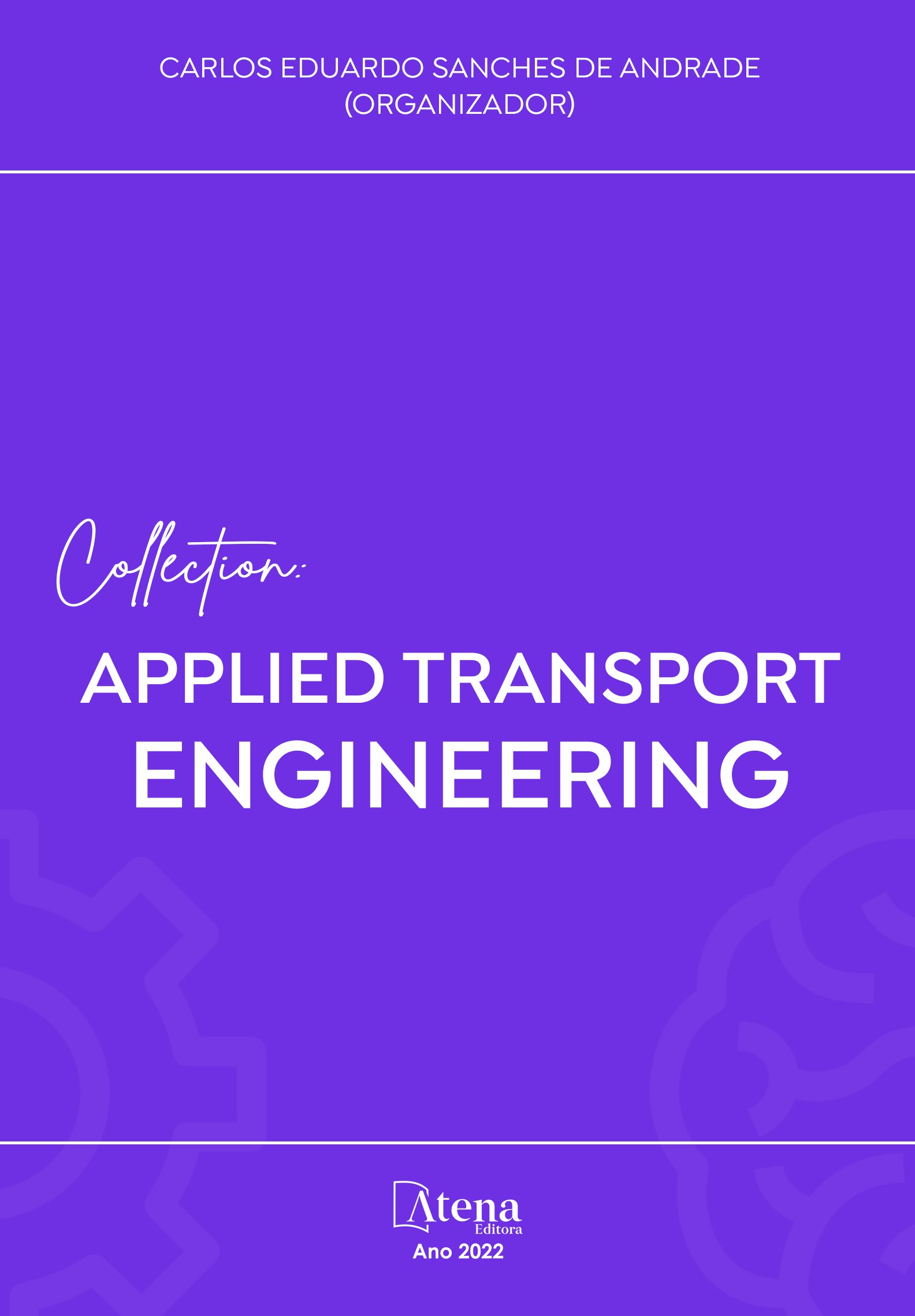
ESTUDO DA UTILIZAÇÃO DE CINZAS PESADAS DE TERMOELÉTRICAS PARA PRODUÇÃO DE BLOCOS DE CONCRETO PARA PAVIMENTOS INTERTRAVADOS
Os setores da construção civil e pavimentação possuem grande potencial para absorver resíduos que podem ser usados na fabricação de Blocos de Concreto para Pavimentos Intertravados (BCPI). Baseado nessa alternativa, o estudo teve por objetivo testar as cinzas pesadas (bottom ash), oriundas de uma usina termoelétrica do estado do Ceará, na substituição de agregados miúdos naturais para fabricação de BCPI. Para tanto, foram coletadas cinzas da termoelétrica e agregados convencionais. Inicialmente, foram realizados ensaios de caracterização dos materiais, dosagem e fabricação do concreto, bem como ensaios mecânicos e ambientais dos blocos de acordo com especificações normativas. Fabricou-se o concreto para os blocos com Traço de Referência (TR) e Traços (T) alternativos nas porcentagens de T10, T20, T30, T40 e T50 de substituição em sua fração miúda por cinza. Foram realizados ensaios no concreto no estado fresco, em todos os traços, pelo método de ensaio consistômetro “VeBe” onde foram classificados como concreto extremamente seco. Todos os blocos foram aprovados quanto à inspeção visual, avaliação dimensional e desgaste à abrasão. Entretanto, para o caso do ensaio de resistência à compressão, constatou-se que todos os traços, inclusive o TR, apresentaram valores inferiores ao recomendado na ABNT NBR 9781:2013 é de 35 Mpa. Ambientalmente, a cinza pesada e os blocos classificaram-se como resíduos não perigosos e não inertes. Conclui-se que os traços utilizados na fabricação dos BCPI com cinza pesada e agregados naturais, segundo avaliação da norma, não podem ser utilizados para tráfego de veículos leves e veículos comerciais de linha, mas podem ser empregados em ambientes com sobrecargas pequenas, como, por exemplo, em calçadas, praças e ciclovias. Sugere-se que a norma brasileira referente aos BCPI sejam revistas, para que possam considerar uma análise mais mecanística dos esforços que atuam no pavimento intertravado.
ESTUDO DA UTILIZAÇÃO DE CINZAS PESADAS DE TERMOELÉTRICAS PARA PRODUÇÃO DE BLOCOS DE CONCRETO PARA PAVIMENTOS INTERTRAVADOS
-
DOI: 10.22533/at.ed.6392217012
-
Palavras-chave: Pavimento intertravado. Resíduos. Termoelétrica. Cinzas pesadas.
-
Keywords: Interlocked pavement. Waste. Thermoelectric. Bottom ashes.
-
Abstract:
The construction and paving sectors have great potential to absorb wastes that can be used in the manufacture of Concrete Blocks for Interlocking Pavements (CBIP), making it an important engineering solution. Based on this alternative, the study had as objective to test the bottom ash, from a thermoelectric of the state of Ceará, in the substitution of natural fine aggregates in the manufacture of CBIP. In order to do so, it was collected ashes of the thermoelectric and conventional aggregates for the measurement of a reference trace and alternative traces of substitution. Initially, tests were carried out to characterize the materials, dosage and manufacturing of the concrete, as well as mechanical and environmental tests of the blocks according to normative specifications. The concrete for the blocks with wix of Reference (TR) and Traces (T) in the percentages of T10, T20, T30, T40 and T50 of substitution in its small fraction by ash was fabricated. Tests were performed on the concrete in the fresh state, of all traces, by the "VeBe" consistometer test method being classified as "extremely dry" concrete. All block were approved for visual inspection, dimensional assessment and abrasion wear. However, in the case of the compressive strength test, it was found that all traces, including TR, presented values lower than 35Mpa at 28 days of cure. Environmentally bottom ash and blocks were classified as non-hazardous and non-inert waste. It is concluded that the traces used in the manufacture of CBIP with bottom ash and natural aggregates, according to the evaluation of ABNT NBR 9781: 2013, can not be used for traffic of light vehicles and commercial vehicles of line, but can be used in environments with overloads such as sidewalks, squares and cycle paths.
-
Número de páginas: 15
- Viviane Brito Viana
- Suelly Helena de Araújo Barroso
- MARIA REGILENE GONÇALVES DE ALCANTARA


